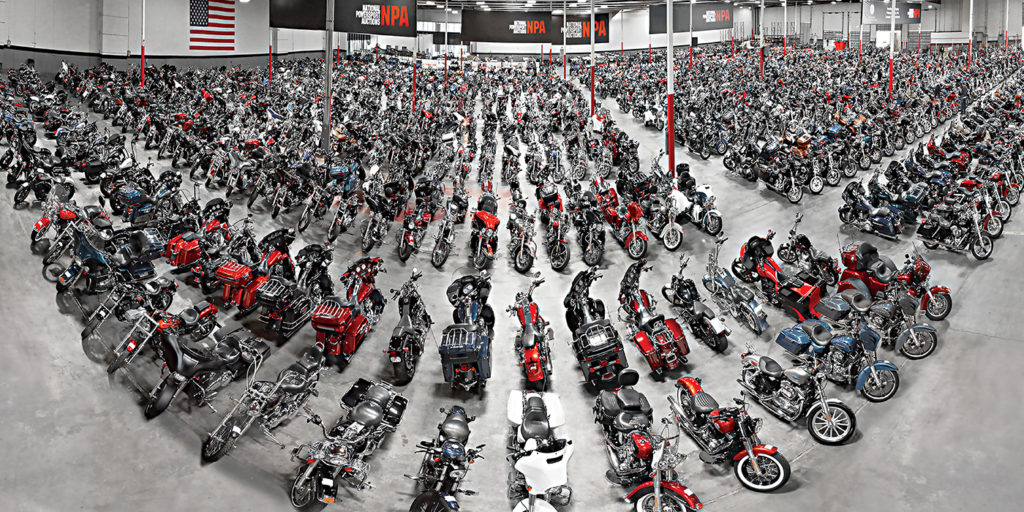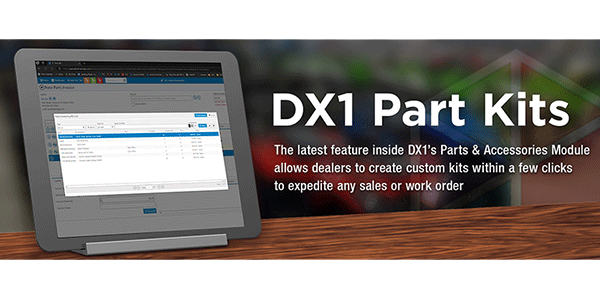Over the summer, the powersports industry saw some of its biggest gains in a decade during the coronavirus pandemic. It turns out that many people saw riding a motorcycle or ROV was the best way to have fun and maintain social distance. Pre-owned vehicle inventory has been sold in record numbers, too, prompting some dealers to hang on to trade ins and look for other ways to build their inventory.
One of the main concerns for dealers right now is getting inventory, both new and pre-owned, to keep up with the demand set forth in the summer. The off-road segment has been strong all year and new sales are up over 50% from 2019 YTD, according to the Motorcycle Industry Council. With 2020 being anything but normal, what were the highs and lows of the summer and what can dealers expect going into the final months of the year?
“Generally speaking, I think this year has ended up being surprisingly strong,” said NPA Chief Executive Officer Jim Woodruff. “The summer was gangbusters, if not record-breaking for many dealers and certainly for the industry as a whole. It’s one of the best summers we’ve seen in a long time, probably since the 2008 financial crisis. New unit sales have been fairly flat since then but have risen in the last few months of COVID, with the majority of the strength in the off-road segment.”
While off-road may have been dragging up the average, Woodruff said the other categories have seen strength as well. “Some individual product segments, some individual manufacturers were flat or maybe even down a little bit, but I don’t know that it’s a lack of demand as much as it is just the ability to keep up with the supply. Manufacturers had to shut down for a period of time and some dealers sold out of that inventory. So, if it hadn’t been for that, those products and manufacturers may have actually been up, we just don’t know.
“I think that power sports, in general, is one of the few industries that’s had a net positive effect from the pandemic. I’ve heard people say in jest that it seems like it took the end of the world to get the industry growing again.”
It may not have been quite the end of the world, but it certainly took a real shock to the system for people to figure out what was most important. And as it turns out, powersports is pretty important.
Echoing Woodruff’s observations, Black Book editors said that dirt bikes have been the only segment to see growth every month this year, and they accelerated their growth over the past two months. “These are some of the cheaper units in the powersports world, coupled with some of the most easily accessible for those new to the world of motorcycling, which leads us to believe they will continue to be strong performers deep into the fall.”
Woodruff said that the difference between the pandemic and the slowdown the industry had during the financial crisis, was that last time seemed like the end of the world economically. “People weren’t necessarily worried about catching some horrid virus. The difference this time is that people had, I believe, a latent interest in powersports that they weren’t necessarily able to realize or take action on. And part of the evidence of that is that at the beginning of the year, the first couple of months were good for retail and wholesale. At the beginning of 2020, we were off to a solid start. That’s a good backdrop. Consumers were going into this health crisis in the best financial position that they’ve been in decades.”
The economy was strong before the pandemic hit, and consumers had money saved up. Many economic indicators were at record highs, noted Woodruff. “We had a really strong consumer coming into this, thankfully. That was not the case in 2008. It wasn’t bad, but it wasn’t strong, and people were over-leveraged.”
When the country had to shut everything down this spring, a lot of people got sick, but most people were fine. So, Woodruff believes that the parts were in place for most consumers both financially and physically being healthy. “A big key was they had time on their hands. They were told to go home and work. But I think the reality was that many people had much more time on their hands to look at motorcycles. ‘Let’s do some shopping because I’m bored out of my mind.’ I think consumers having time on their hands and money in their pocket was the biggest difference from 2008.”
Money and time were not an issue in the summer. And the other factor Woodruff pointed out is people wanted to do something with other people. “Whether this was a conscious part of the decision, I don’t know, but motorcycling and powersports in general are a socially distancing, safe activity. You couldn’t go to the gym to play basketball. You couldn’t go to sporting events, but you go ride your heart out. You could do it with your kids. You could do it with your friends. So, it just checked all the boxes.”
With those driving factors, the results for powersports showcases overall sales increases across the board, and up to a 50% increase in the off-road segment. Woodruff said that’s with dealers, in many, cases being shut down or operating by appointment only. “Dealers were still able to figure out a way to move the vehicles to the people who wanted to buy them, which is a testament, I think, to the flexibility and ingenuity of people in the powersports business.”
According to the most recent Black Book powersports report, the lack of production of new units the flow of vehicles into the remarketing channels is still running below normal levels. The restrictions imposed by governments earlier in the year and also health and safety reasons have slowed down the intake of new units into the remarketing process. Coupled with this, dealers are holding onto the trades they do take in to resell themselves, severely curtailing the auction’s other main source of supply, dealer consignments.
“We have seen signals recently that all parties are doing their best to increase the supply of units for sale at the wholesale level. This includes auctions emphasizing their transportation infrastructure to get units moved from one area of the country to another, as well as their ability to help manage inventory by adjusting your product mix to match your local market conditions. Dealers have also begun to look for alternative sources of supply.”
Many dealers have turned to their existing customers who may have an extra bike, and the open retail marketplace, anywhere they can find bikes for the showroom floor. While supply of inventory may be waning, there are still vehicles available in key regions that dealers can move through the auction channel. NPA is set to open a new location in Florida, so it will have every corner of the country covered for access to pre-owned inventory.
According to dealers NPA has talked to, they had more new and returning riders, but particularly new buyers than they could remember. “When we start to ask the question — what’s going to happen going forward? — you’ve got a higher percentage of new purchasers than ever before,” Woodruff said. “The opportunity for those people to come back and continue to buy is greater than ever. If the increase in sales was the same pool of people, if we were just turning them over, I’d be a lot more skeptical about what’s going to happen next year. But given that we’ve grown the rider base means that we’re not going to see as much of a pullback as we might have otherwise. Are we going to have another year of 50% growth in off-road and roughly 15% overall? We don’t know, but it could be five or 10%, which would be good news for our industry.”














